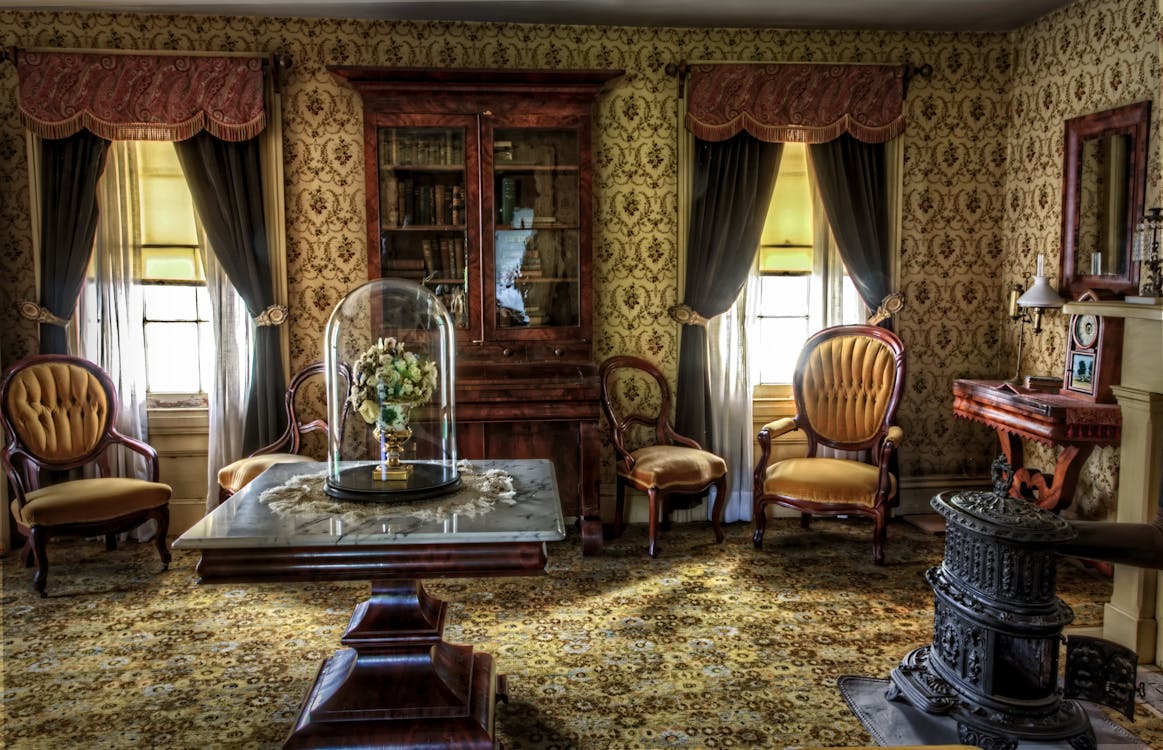
The History of Window Coverings: From Ancient Civilizations to Modern Homes
Window treatments have actually become part of human background for hundreds of years, advancing from primitive materials to the innovative layouts we appreciate today. While we frequently appreciate just how window treatments enhance our homes, few understand the interesting journey that brought them here. Allow's take a trip via time and explore just how societies across the globe have formed the advancement of window curtains, shades, and window drapes into what we currently think about vital parts of home layout.
Ancient Beginnings: Function Before Fashion
The earliest home window treatments weren't regarding making a home appearance stylish; they were developed out of requirement. Old Egyptians are thought to have actually utilized reeds and papyrus to cover openings in their homes, providing color and some security from the relentless sunlight. These treatments were light-weight and easy to replace, ideal for the severe desert setting.
Meanwhile, throughout the Mediterranean, the Greeks and Romans introduced textiles like bed linen and wool to their insides. These early forms of window drapes hung loosely over doorways and windows, assisting to control interior temperature levels and include a touch of personal privacy. Roman design later affected how window treatments were designed to work not equally as a guard, but as a luxurious declaration in wealthier houses.
The Middle Ages: Heavy Fabrics and Practical Uses
As European castles and homes expanded in dimension, home windows became bigger-- therefore did the requirement for much better insurance coverage. During the Middle Ages, heavy materials like velvet and brocade were preferred for their ability to block drafts and retain warm. These thick drapes were not totally decorative; they served as critical elements for heat and convenience in stone-built structures.
Home window treatments in this period were usually abundant in color, delicately stitched, and frequently functioned as makeshift walls in big halls. Ornamental patterns and lavish textiles represented social status, making window coverings a valuable part of interior decoration even after that.
The Renaissance: Artistry Meets Practicality
The Renaissance stimulated a restored rate of interest in art, culture, and home design. With innovations in weaving and fabric production, home owners got to a larger selection of textiles and patterns. Home window coverings became a creative extension of a home's aesthetic, frequently echoing the magnificence discovered in Renaissance paints and sculptures.
Tapestries and stitched window curtains were a staple of upscale homes, their designs telling tales of mythological, religious, or daily life scenes. The fad of using drapes not only for windows but likewise around beds and entrances became widespread, weding feature and appeal.
The 18th and 19th Centuries: Refinement and Innovation
As the Industrial Revolution got momentum, textile production took off. Fabrics became more affordable and easily accessible to the middle course, leading to an era where home window treatments were not just for the rich. Developments in rods, rings, and pulley systems allowed for the early versions of what would certainly later inspire Hunter Douglas motorized blinds.
Throughout the Victorian era, the style of home window treatments became a lot more layered and elaborate. Houses flaunted hefty window drapes layered over lace sheers, with tassels, edge, and fancy tiebacks completing the appearance. Home window treatments were no more simply functional but essential elements of interior decoration, showing the home owner's taste and standing.
The 20th Century: Embracing Minimalism and Technology
The 20th century brought radical changes. The tidy lines of innovation shifted preferences from luxury to simpleness. House owners moved far from heavy drape towards lighter, a lot more functional designs that stressed the design of the home rather than overwhelming it.
As technology progressed, so did home window treatments. Developments brought about the development of items like Hunter Douglas motorized shades, supplying property owners comfort and precise light control at the touch of a switch. This technical jump was more than a luxury; it stood for a brand-new period of living where convenience, style, and automation harmonized effortlessly.
Material selections additionally became extra varied, with artificial products supplying inexpensive, durable, and easy-to-maintain choices. This shift enabled people to try out different appearances and capabilities, depending on the demands of each room.
Today's Window Coverings: A Blend of Style and Smart Living
Today, home window treatments are a seamless blend of type and feature. Whether you prefer standard window curtains or sophisticated Hunter Douglas motorized shades, the variety of alternatives is more comprehensive than ever. Modern house owners can choose coverings that completely match their way of living, style, and sustainability preferences.
Smart home combination has taken window coverings to a completely new level. Equipments linked to smart devices or voice-activated aides supply the capacity to change shades based upon time of day, temperature, and even your state of mind. And while motorized remedies like Hunter Douglas motorized blinds go to the center of this activity, there remains a deep gratitude for the classic beauty that standard drapes and drapes bring to a room.
Eco conscious options are likewise getting popularity, with products like bamboo, natural cotton, and recycled fabrics ending up being important consider buying choices. Sustainability, when an afterthought, is currently a leading pattern in interior design, specifically when it concerns home window therapies.
The Ever-Evolving Art of Dressing Windows
Home window coverings have definitely come a long way considering that the days this website of papyrus screens and woolen towels. From the heavy, sophisticated window drapes of middle ages Europe to the streamlined, technology-driven alternatives offered today, their evolution mirrors the broader changes in society, technology, and layout preferences.
In every period, the function behind home window therapies has stayed consistent-- supplying security, comfort, and charm-- but the materials, technology, and layouts have actually continually advanced to meet the transforming demands of the moments. As homes come to be smarter and lifestyles continue to move, it's enjoying picture what the future of window treatments will resemble.
Follow us for even more exciting expeditions right into home style patterns, and remain tuned for even more stories that commemorate the ageless appeal and innovation discovered in every edge of your space!
 Tony Danza Then & Now!
Tony Danza Then & Now! Richard "Little Hercules" Sandrak Then & Now!
Richard "Little Hercules" Sandrak Then & Now! David Faustino Then & Now!
David Faustino Then & Now! Melissa Sue Anderson Then & Now!
Melissa Sue Anderson Then & Now! Megyn Kelly Then & Now!
Megyn Kelly Then & Now!